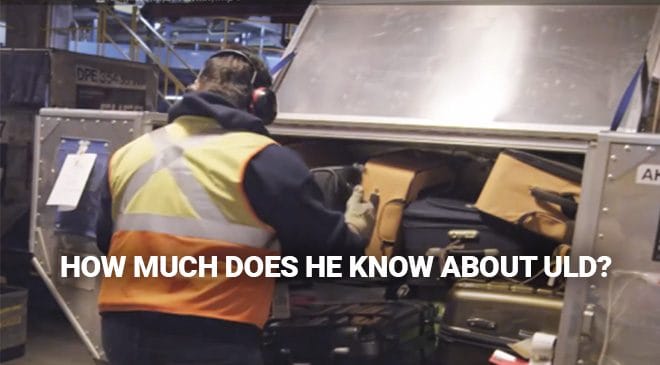It is realistic to say that every aspect of aviation is knowledge based, the combination of high technology, the potential for catastrophic outcomes if things are done wrong, and the huge amount of human involvement in day to day aviation makes training a “must”. This comes right from the top, with ICAO providing clear standards, and indeed there is a huge industry that supplies training from flight crew through technical staff to check in desk staff.
So how can it be that the loading of cargo, be it upstream at the freight forwarder or downstream at the aircraft is no often performed by personnel who have never received formal training and for whom some “on the job” instruction from a fellow worker is considered sufficient?
Ask around and one gets many different responses, ranging from “it’s not necessary as the airline will check the cargo before they load it” to “the worker turnover is so high it’s not worth investing in training them”, but not to tar everyone with the same brush there are some organizations out there who are putting some effort into training, and one of those is Emirates, who’s on line animated instructions for ULD operations represent a massive achievement. Some screen shots from this on-line system are attached to this article.
So if one airline can do it, why not everyone? Well, setting aside the obvious one of cost- though at what cost do we ignore safety? – it has never been easier to develop ULD training solutions:
- Firstly technology now allows the delivery of training material via multiple platforms, and at far lower cost per head, as well as enabling the use of animation, different languages and other innovations
- Secondly the work done by IATA in creating the ULD Regulations has created a basis for training material, with clear standards now in place where previously either nothing existed or was insufficiently clear.
- Thirdly the latest edition of the IATA ULDR ( 5th) contains , in appendix G, an extensive matrix which takes the subject of ULD and breaks it into over 300 subject headings with indications of which subject is relevant to any particular staff function.
IATA is now offering 5 day ULD Train the Trainer programs on a regular schedule at its various training facilities, attendance at one of these trainings will equip the participant with the knowledge and skills needed to create and deliver their own ULD trainings. Furthermore, IATA is launching an accreditation program for organizations who are interested in setting up training operations.
At this point it’s worthwhile to review the very clear guidance given by the FAA in the AC 120-85A
Personnel performing cargo operation functions must be trained, qualified, and authorized, as defined in the operator’s manual. This training must be easily identified by documentation in training records and authorization documents readily available.
The ULD community has everything to gain from having their ULD operated and handled by a well trained work force, safety will be delivered, damages reduced and efficiency increased. Today much ULD handling is outsourced to 3rd parties, but this does not mean that airlines as the owners of the ULD should not be making clear representation to these organisations that their staff should be trained in the proper use of ULD
Significant steps in ULD Training


